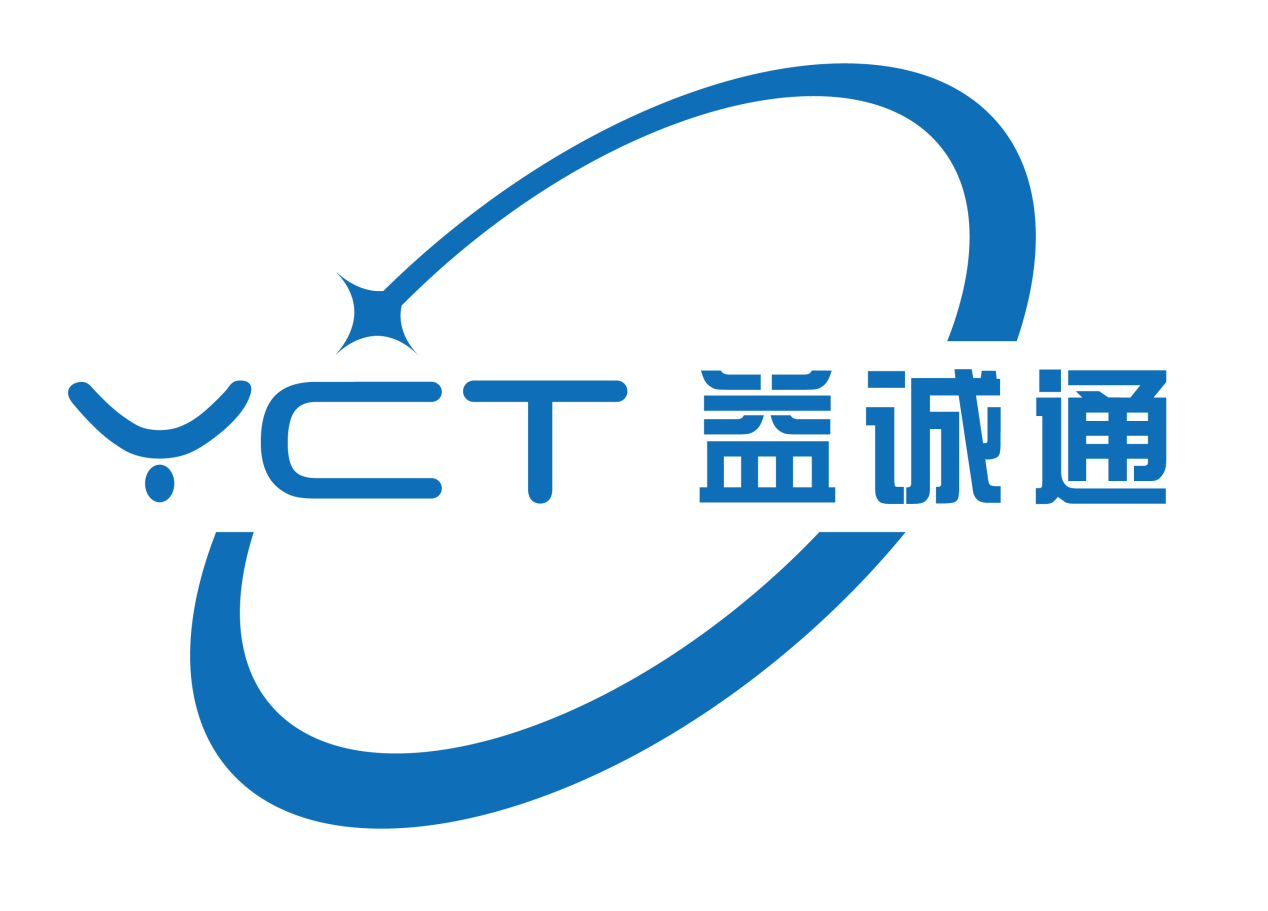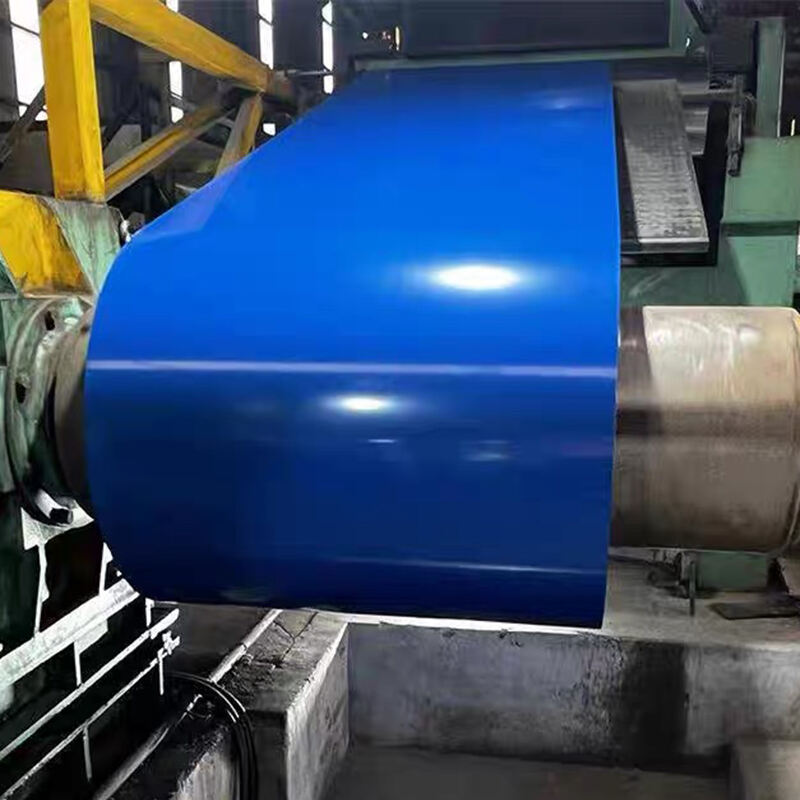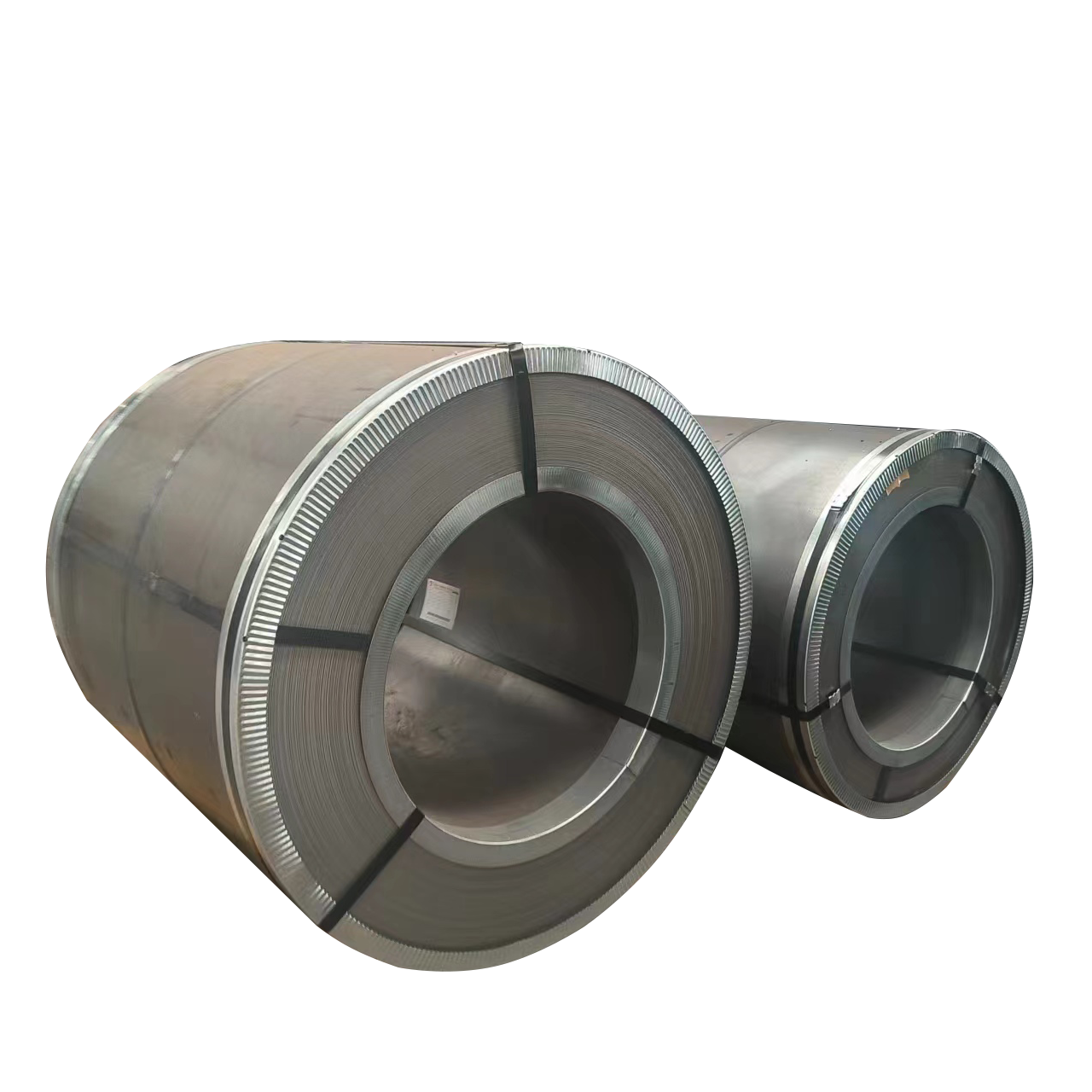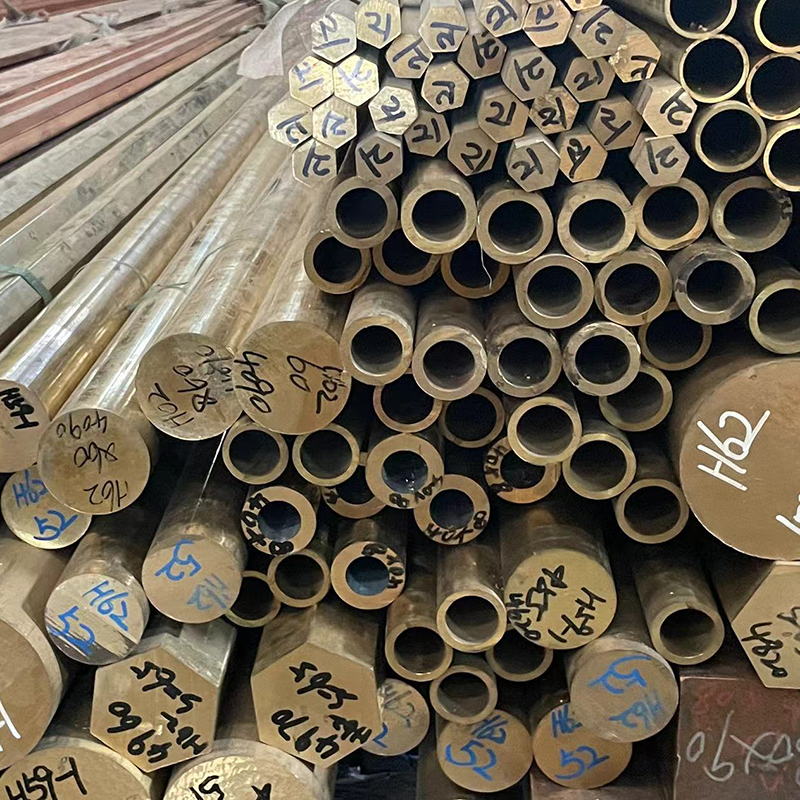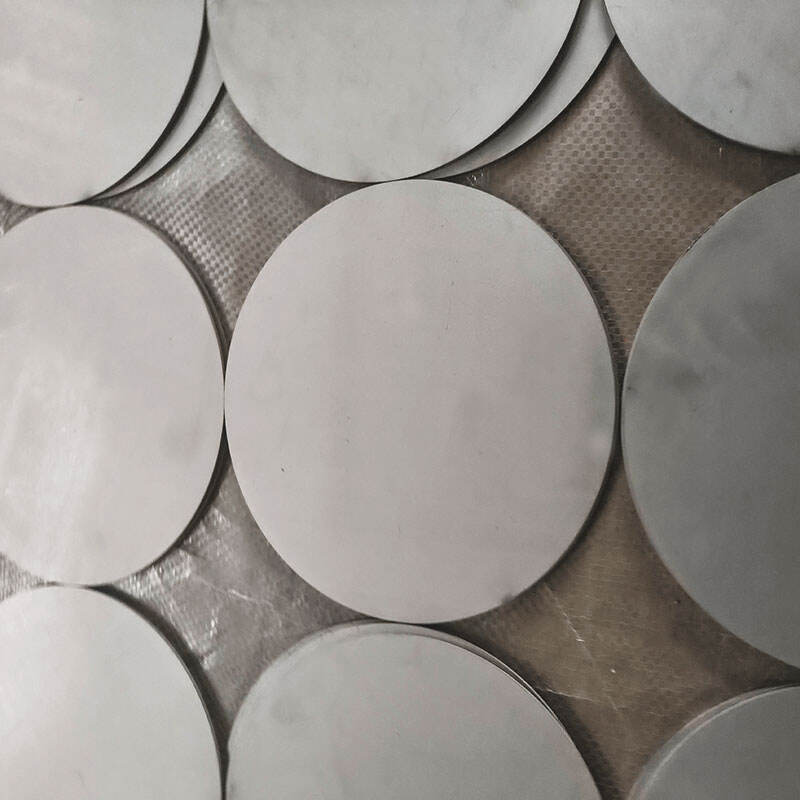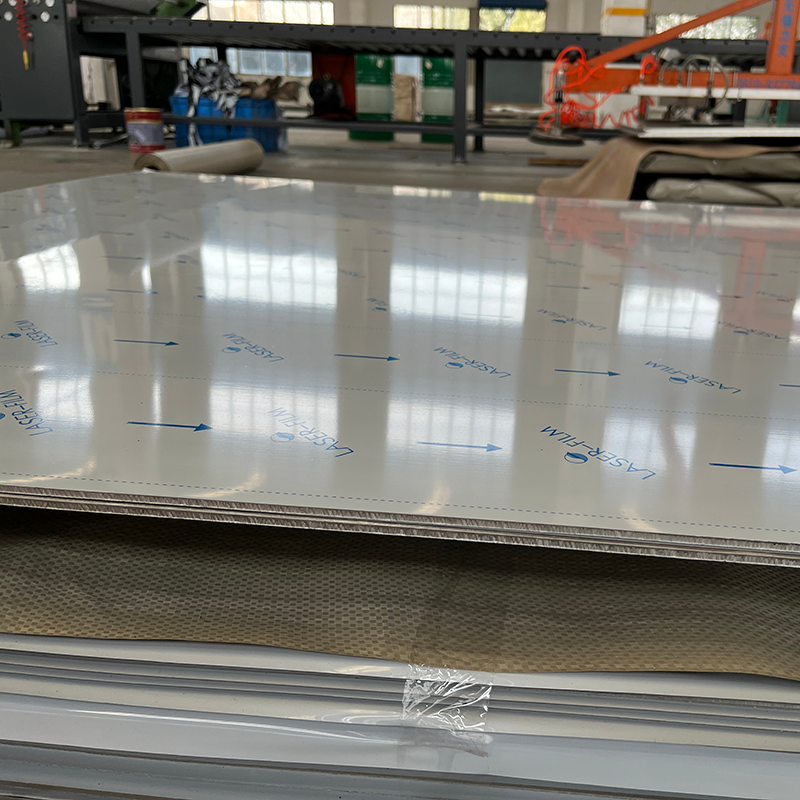anggulo ng bakal
Ang steel angle, isang pangunahing elemento sa konstruksyon at pagmamanufaktura, ay nailalarawan sa pamamagitan ng hugis-L na cross-section nito na binubuo ng dalawang papawirin na flanges. Ang multifungsyonal na bahaging ito ay nagsisilbing mahalagang bloke sa iba't ibang aplikasyon sa arkitektura at industriya. Ginawa sa pamamagitan ng proseso ng hot rolling o cold forming, ang mga steel angle ay may iba't ibang sukat, kapal, at grado upang matugunan ang magkakaibang pangangailangan ng proyekto. Ang papawirin na disenyo ay nagbibigay ng kahanga-hangang lakas at katatagan, na ginagawa itong perpektong pampalakas ng frame, pananggalang, at pagpapalakas. Ang steel angle ay mahusay sa mga aplikasyon na nangangailangan ng pagtanggap ng bigat, na nag-aalok ng higit na paglaban sa pag-bend at torsional forces habang pinapanatili ang integridad ng istraktura. Ito ay ginawa ayon sa tiyak na espesipikasyon, na nagsisiguro ng pare-parehong kalidad at katiyakan sa dimensyon sa bawat produksyon. Ang komposisyon ng materyales ay karaniwang kinabibilangan ng carbon steel o stainless steel, na mayroong mga espesyal na alloy para sa tiyak na kondisyon sa kapaligiran. Ang mga modernong teknik sa pagmamanupaktura ay kasama ang mga advanced na hakbang sa quality control, na nagreresulta sa mga produkto na sumusunod sa mga internasyonal na pamantayan para sa lakas, tibay, at pagganap. Ang mga istraktural na elemento ay mahalaga sa paglikha ng matibay na koneksyon sa pagitan ng mga bahagi ng gusali, na nagbibigay ng mahalagang suporta sa lahat mula sa maliit na proyekto sa paggawa hanggang sa malalaking proyekto sa konstruksyon.
